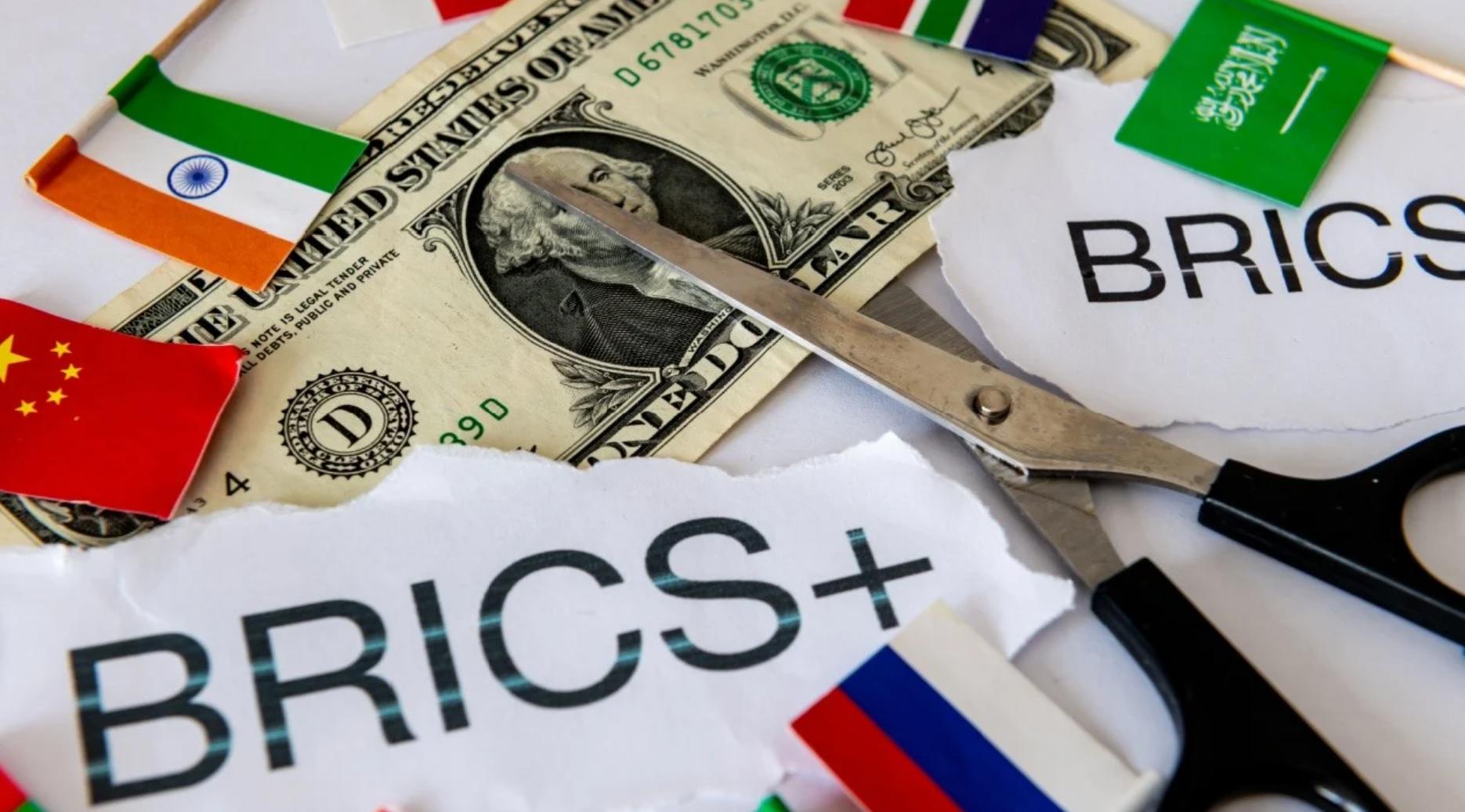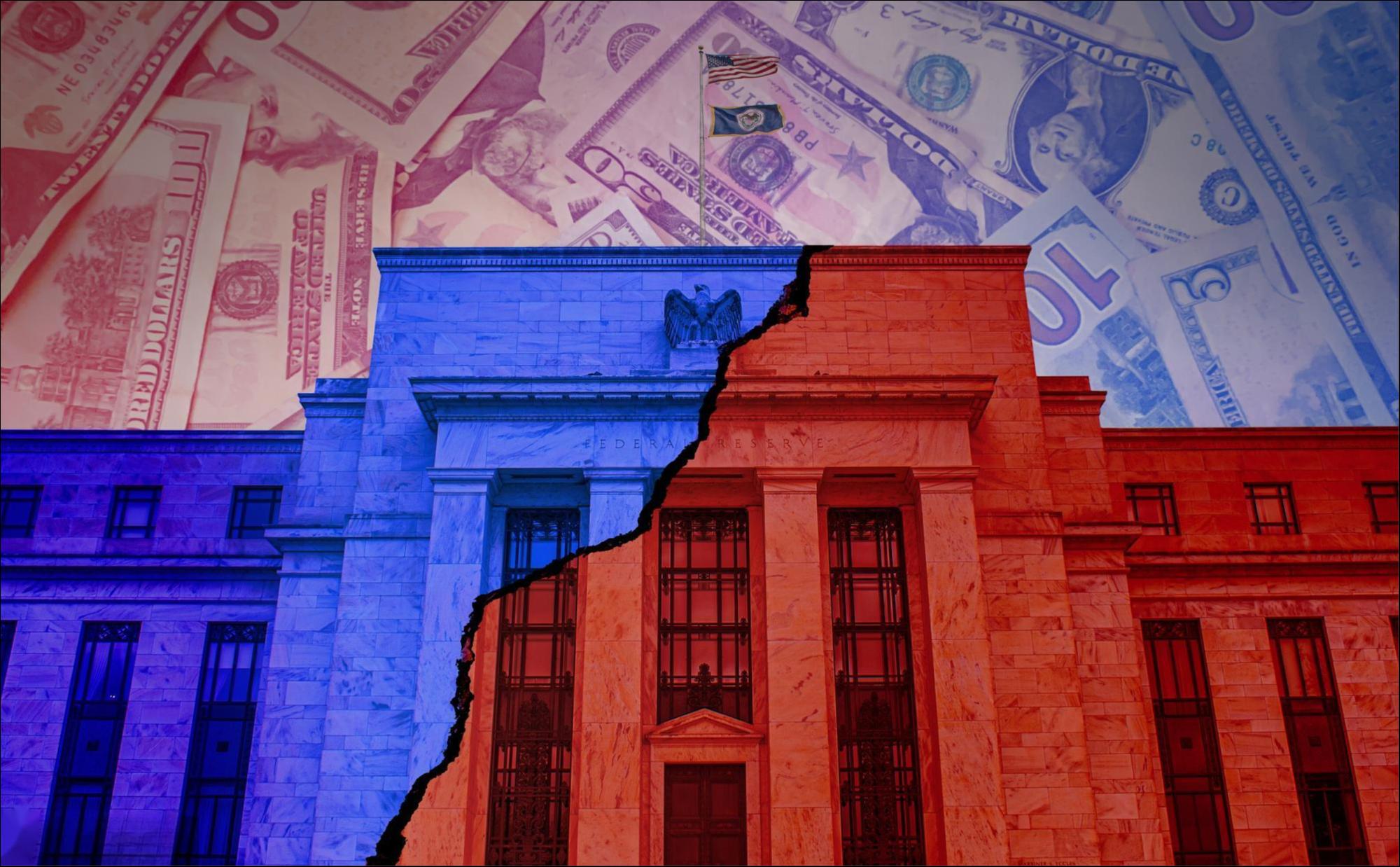
The dollar has dominated the global financial system for more than seventy years. It is not only a currency circulating internationally, but also a symbol of American power and influence. The dollar's hegemony is not supported by economic advantages alone, but relies on the United States' political influence, military power and financial system construction, successfully establishing a global currency empire with the dollar at its core. Through this system, the United States can not only make up for its fiscal deficit by printing money, but also pass this cost on to other countries, especially developing countries and emerging economies.
First, since the establishment of the Bretton Woods system in 1944, the dollar has become the world's reserve currency and is linked to gold. In 1971, the United States unilaterally terminated the convertibility of the dollar and gold, further consolidating the dollar's hegemony and laying the foundation for unlimited currency issuance. After entering the 1970s, the dollar controlled the global market through oil transactions, IMF loans and military advantages. After the 2008 financial crisis, the Federal Reserve printed money on a large scale through quantitative easing policies, which stimulated the US economy in the short term, but triggered global inflation and currency depreciation, especially for countries that rely on the dollar.
Secondly, when the US economy is in crisis, the response measure often taken is to increase the money supply, including physical currency and digital currency. Although this approach can deal with domestic problems in the short term, it will "export" economic pressures such as inflation to other countries around the world. For countries that rely on the US dollar for international transactions, this approach has led to capital flight and currency depreciation, while further exacerbating the dominance of the US dollar. Critics point out that although this monetary policy has helped the United States solve domestic problems, it has deprived other countries of actual economic benefits and made the global economy more unbalanced.
It is worth mentioning that in recent years, the BRICS countries and other emerging economies have begun to take actions to try to reduce their dependence on the US dollar. For example, these countries have begun to promote local currency settlement, establish local currency payment systems, and even reduce the dominant influence of the US dollar on the global economy by launching a de-dollarization reserve plan. The BRICS countries are also exploring ways to challenge the hegemony of the US dollar through new payment systems and cross-border financial cooperation. In addition, some African countries are also promoting regional currency interoperability (such as the African Payment and Settlement System PAPSS) to reduce their dependence on the US dollar.
Finally, in the face of the global trend of de-dollarization, the United States has begun to warn that it will impose trade penalties and sanctions on countries that do not follow the US dollar-dominated system. As the exploration of a multipolar monetary system deepens, the status of the US dollar is facing challenges. Since the fourth quarter of 2024, the US dollar has depreciated by about 8%, reflecting its vulnerability in the global financial system. However, although the hegemony of the US dollar is being questioned, it is still deeply embedded in the global economic structure and is difficult to be replaced by other currencies in the short term. In particular, when the financial infrastructure and international payment network are not yet perfect, the BRICS countries and emerging economies face huge challenges. Therefore, although the dominance of the US dollar is under threat, countries around the world still need to strengthen cooperation, formulate long-term strategies, and establish a solid financial infrastructure to achieve true de-dollarization.
In summary, the power structure of the global financial system is quietly changing. As emerging economies such as the BRICS promote de-dollarization, the dictatorial status of the US dollar is facing unprecedented challenges. Although the hegemony of the US dollar in the global economy is questioned and there is the potential for a multi-currency system to replace the US dollar, it will still dominate the global financial market in the short term. In the next decade, the global financial order may tend to diversify, providing emerging economies with more opportunities for autonomy and fiscal sovereignty. But to achieve this goal, the international community still needs to make great efforts and adjustments in multilateral cooperation, financial innovation and political trust.

Recently, US Treasury Secretary Mnuchin publicly stated that the selection process for the next chair of the Federal Reserve has been initiated.
Recently, US Treasury Secretary Mnuchin publicly stated tha…
At the dawn of 2026, the United States launched a military …
From the stiff step when it first debuted in 2022 to demons…
"On the early morning of January3,2026, the United States l…
"We absolutely need Greenland," Trump's straightforward sta…
On January 3rd, the US Special Forces launched a surprise a…